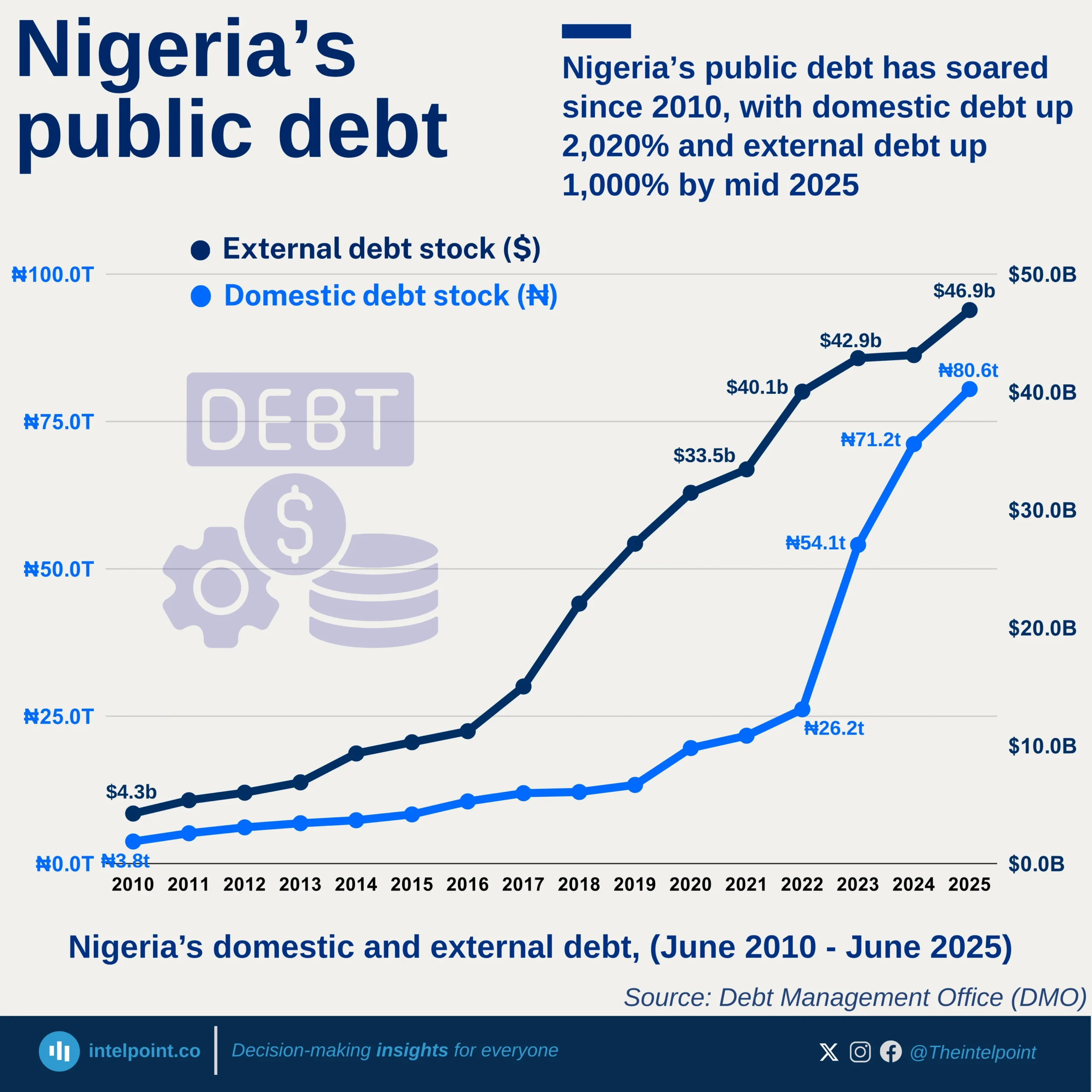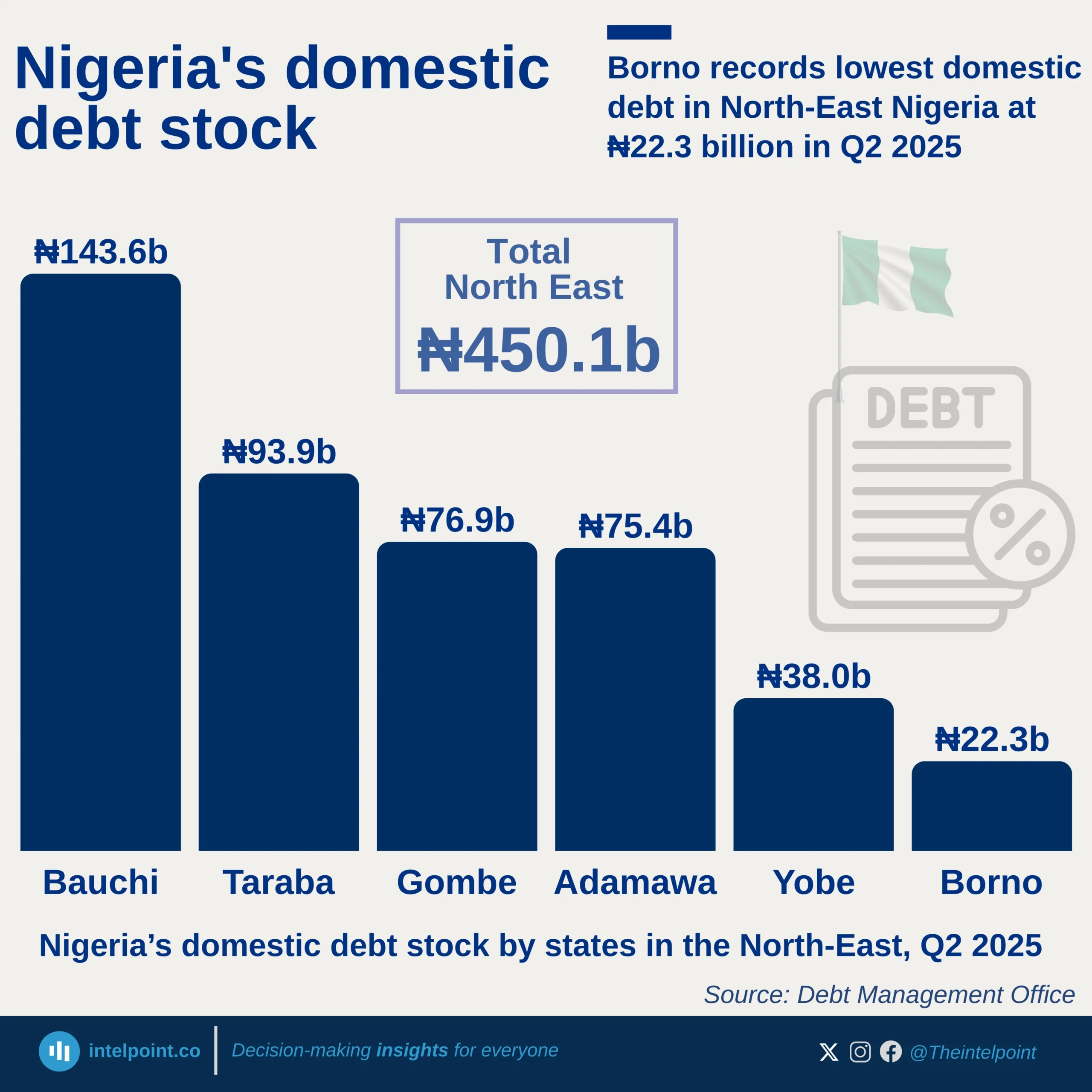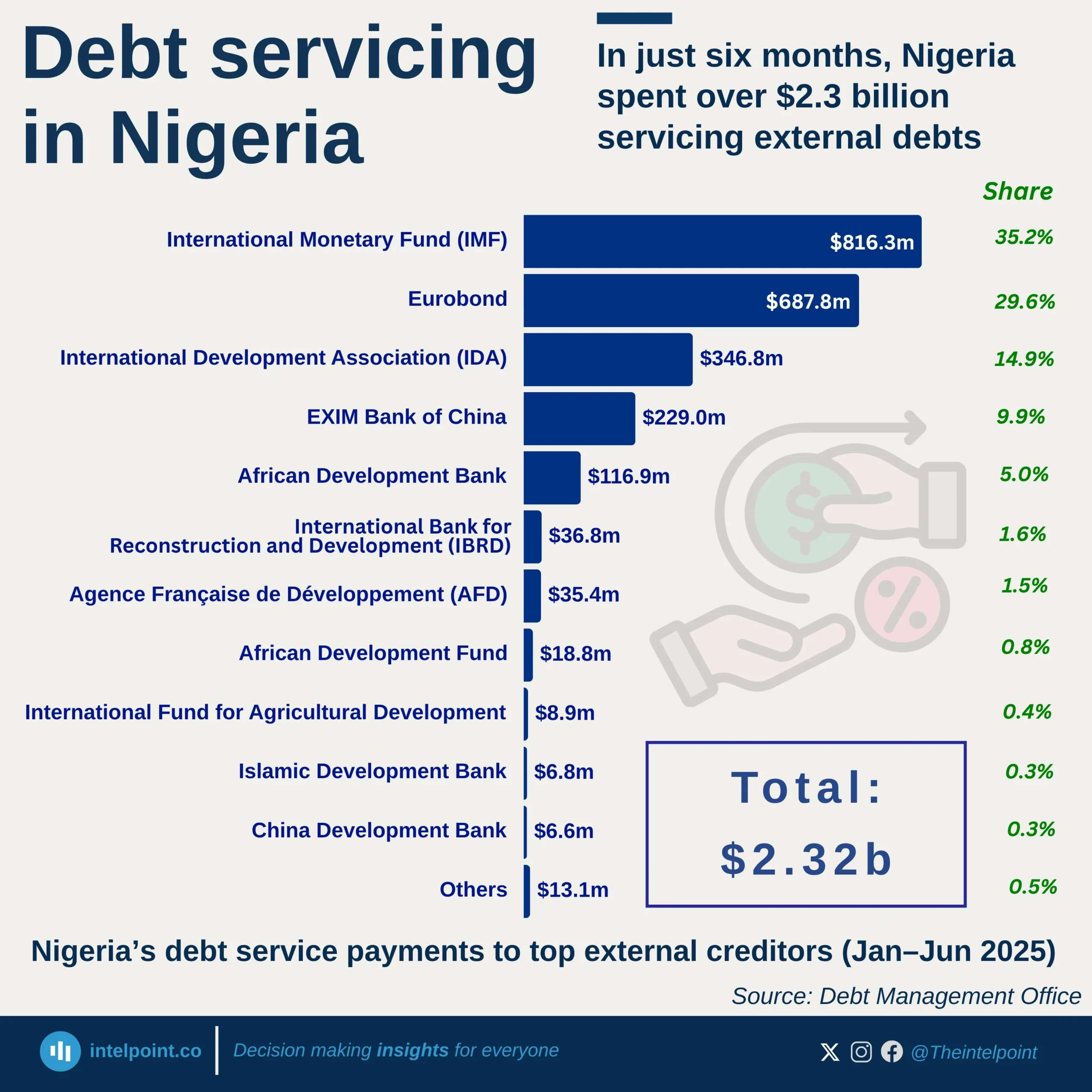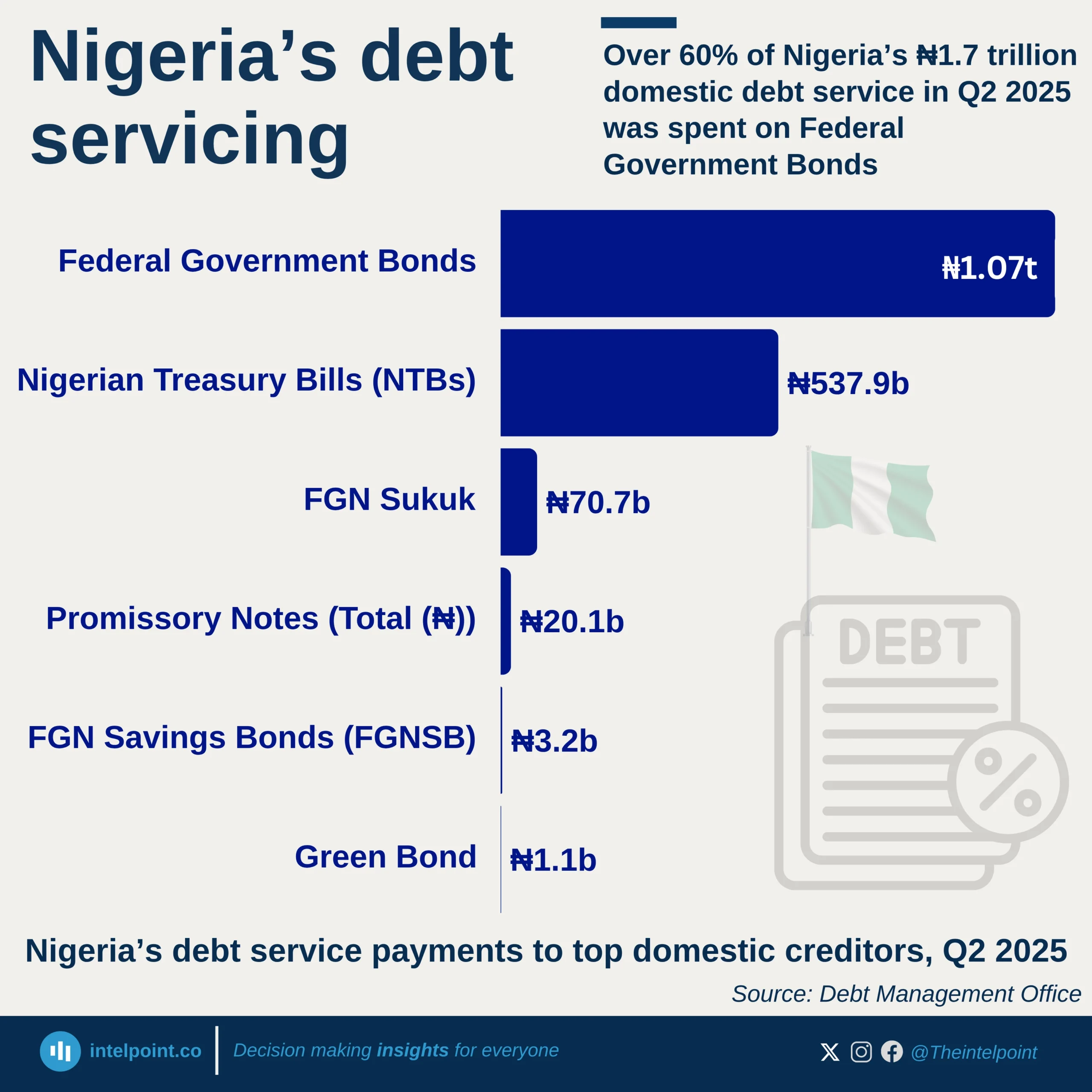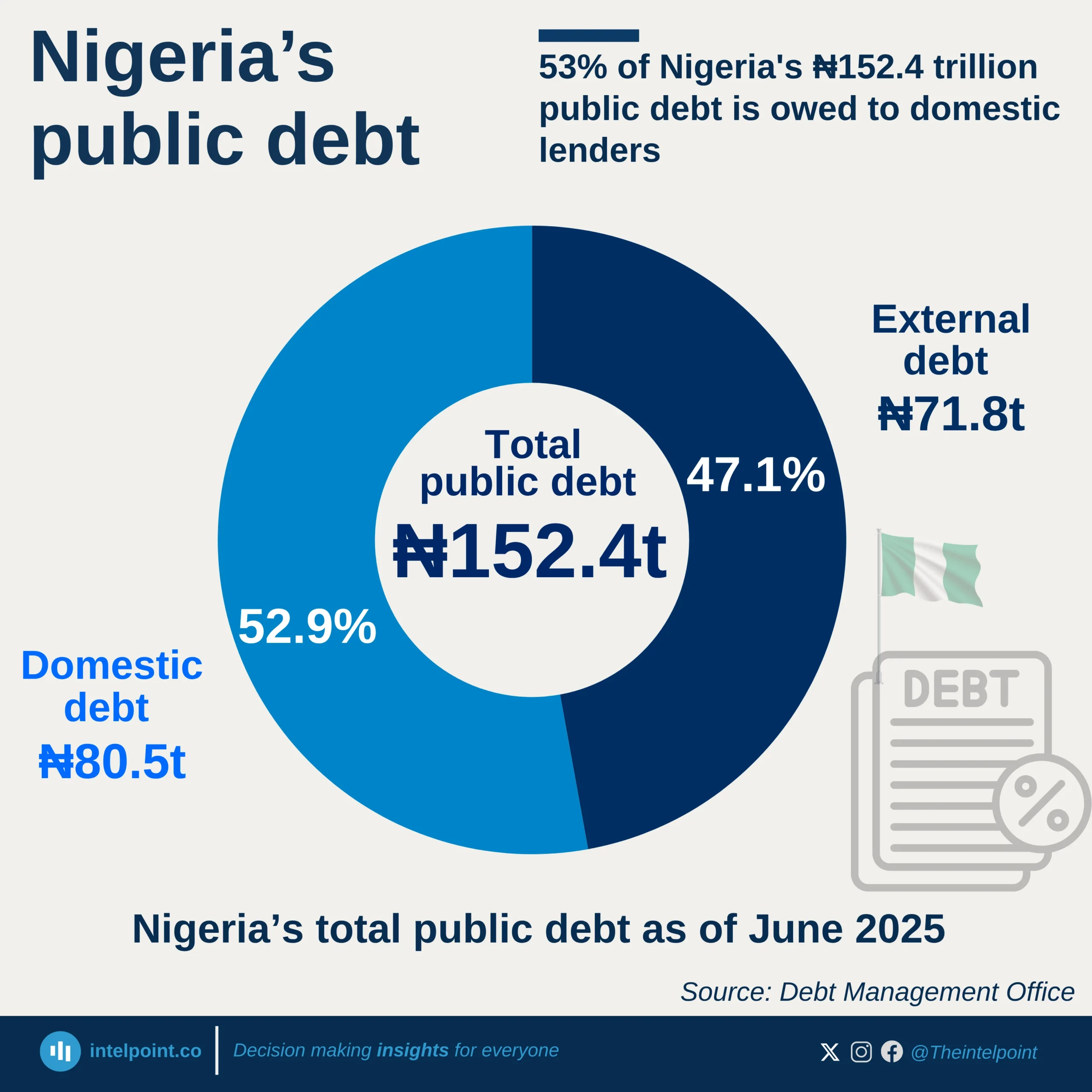South Africa’s debt service costs overtook health expenditure in 2020/21 and continue to grow at an alarming pace. By 2025, the government is expected to spend an estimated R426.3 billion on debt servicing, compared to R296.1 billion on health. The gap between the two is widening, driven by the faster growth of debt obligations compared to healthcare spending.
This highlights how rising debt costs are crowding out critical social investments. For every rand allocated to health in 2025, nearly one and a half rand will go towards servicing debt.
